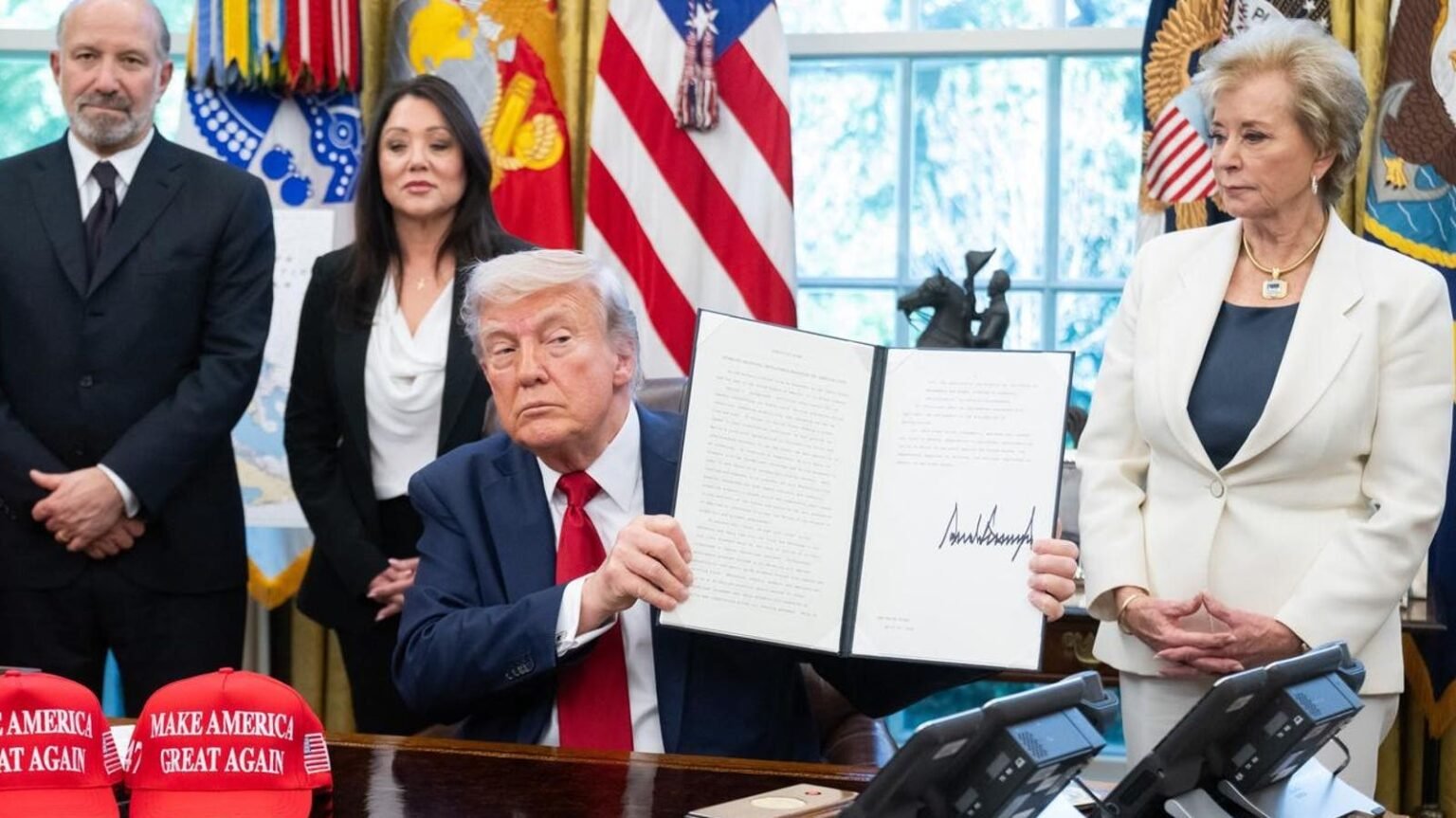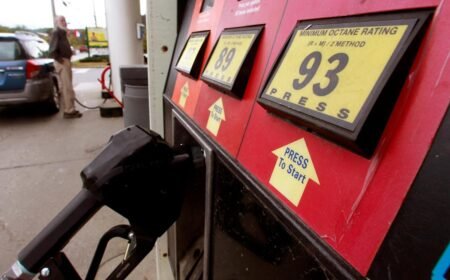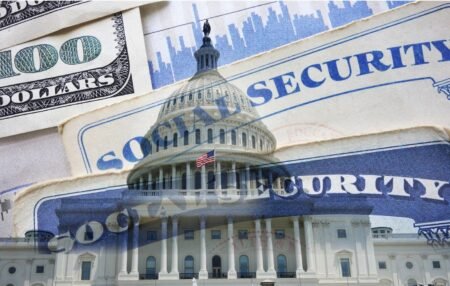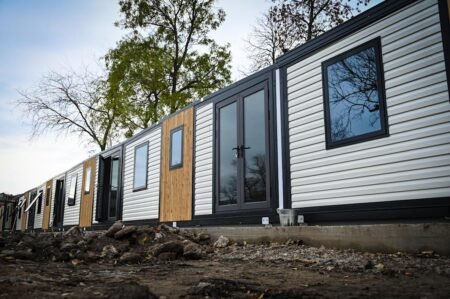Borrowers are contending with an ever-changing landscape of student loan developments, with no end in sight to the volatility. Significant developments this month will ultimately affect millions of Americans who have federal student loans. Those who are pursuing eventual student loan forgiveness or affordable payments based on income will be the most impacted.
Here’s a breakdown of the latest updates for borrowers, and how they will affect your student loans in the coming weeks and months.
Forgiveness Resumes For Many Student Loans Under Court Agreement
On Thursday, a federal court formally approved an agreement between the Department of Education and the American Federation of Teachers to resolve an ongoing lawsuit. The AFT had contended that the department had failed to timely process applications for income-driven repayment, or IDR plans, which was effectively preventing borrowers from accessing affordable payments as well as Public Service Loan Forgiveness. The AFT later expanded its lawsuit, arguing that the department had unlawfully halted student loan forgiveness under several IDR plans and was setting borrowers up to be hit with significant tax consequences, as federal tax relief is set to expire at the end of 2025.
The court on Thursday seemingly approved all provisions of the agreement, which the department and the AFT submitted via a joint filing last week. The key elements are:
- The department will resume granting student loan forgiveness under the IBR plan. The department had paused IBR loan forgiveness earlier this summer “while our systems are updated to accurately count months,” according to a statement published on the department’s website. The AFT had argued that the pause was unlawful.
- The department will restart granting student loan forgiveness under the ICR and PAYE plans. The department had previously halted loan forgiveness under these programs, arguing that this was necessary due to a court ruling imposing an injunction on the SAVE plan, a newer IDR program launched under the Biden administration. But the AFT had argued that the injunction did not expressly block loan forgiveness under ICR and PAYE. Student loan forgiveness under SAVE remains blocked, so borrowers pursuing a discharge would need to switch to IBR, ICR, or PAYE.
- The department will not deny borrowers’ applications for IBR if they do not have a “partial financial hardship.” Congress removed the “partial financial hardship” requirement for IBR in the One Big, Beautiful Bill Act passed in July, expanding access to the program regardless of a borrower’s debt to income ratio. But the department has been slow to implement the change. The department “shall hold such borrowers’ applications in abeyance until the defendants update their systems to allow for proper processing of these applications,” says the approved agreement.
- The department will continue processing requests for student loan forgiveness through PSLF Buyback, which allows public service borrowers to try to get certain prior forbearance or deferment periods counted toward PSLF if they make a lump sum payment.
- For tax purposes, the department will treat the borrower’s eligibility date for IDR student loan forgiveness as their discharge date, even if the actual discharge does not occur until 2026. This will allow borrowers who qualify for student loan forgiveness now under IBR, ICR, or PAYE to avoid being issued an IRS Form 1099-C, which would require them to report the amount of cancelled debt as income on their federal tax return. Federal tax relief expires at the end of 2025, causing IDR loan forgiveness to return to being taxable again starting in January. Loan forgiveness under PSLF remains tax-free federally.
The department also agreed to file monthly status reports detailing its progress in processing IDR applications and granting student loan forgiveness under IBR, ICR, PAYE, and PSLF. Those status filings are expected to begin after the government shutdown concludes.
Rulemaking Will Change Repayment Options For Student Loans
Meanwhile, the Department of Education is barreling ahead to develop new regulations implementing the One Big, Beautiful Bill Act that President Donald Trump signed into law in July. The law will make massive changes to federal student loan repayment:
- The ICR, PAYE, and SAVE plans will be phased out by July 1, 2028. The IBR plan will be preserved, including a newer version of IBR for borrowers who first took out student loans on or after July 1, 2014 that offers lower monthly payments and faster student loan forgiveness.
- The department will create a new plan called the Repayment Assistance Plan, or RAP. RAP will be more expensive for most borrowers than SAVE or PAYE, but may be more affordable than IBR. RAP will also have an interest and principal subsidy that will prevent borrowers’ student loan balances from growing if they aren’t covering all their interest. But RAP will also have a 30-year repayment term before a borrower will qualify for student loan forgiveness, much longer than the 20- or 25-year terms available under current IDR plans.
- The Graduate PLUS loan program will be phased out, while the Parent PLUS loan program will be subject to severe caps and limitations.
Under the regulations that the department has proposed, student loan borrowers will be able to move freely between the IBR and RAP plans, although any interest would capitalize for borrowers who switch from IBR to RAP. Borrowers who take out any new student loans (or consolidate existing loans) on or after July 1, 2026 would lose access to IBR. Parent PLUS borrowers can access IBR under changes made under the legislation, but only if they consolidate their loans before July 1, 2026 via the Direct loan program, enroll in ICR, and make at least one ICR payment before July 1, 2028. The department also clarified that payments that count toward student loan forgiveness under one IDR plan will count toward loan forgiveness under the other IDR plans.
The proposed regulations implementing the One Big, Beautiful Bill Act are not yet final. The department is expected to release updated regulatory text within the next week or two, and the rulemaking committee will reconvene during the first week of November to vote on the proposed regulations. If the committee reaches consensus, the department will implement the committee’s recommendations. If the committee is fractured, the department will have more leeway to tweak the regulations.
Student Loans Heading Toward Default Cliff
Last week, a group of Democratic lawmakers from the House and Senate submitted a letter to Secretary of Education Linda McMahon, expressing concerns that millions of federal student loans may be headed to default. The Department of Education acknowledged earlier this year that 10 million student loan borrowers could be in default by the end of 2025. Currently, more than 10% of borrowers are seriously delinquent on their student loans, according to the Federal Reserve Bank of New York.
“We write to express our concerns regarding the alarming rise in federal student loan delinquencies and defaults pushing millions of Americans toward financial ruin,” wrote the lawmakers. “Recent data reveals that this devastating increase in past due payments threatens not only individual borrowers but the broader economy by suppressing consumer spending and locking families out of housing and other financial opportunities.”
The lawmakers blamed the Trump administration and Republican lawmakers for pushing student loan borrowers into default, saying, “Republican officials have reflexively blocked any attempts to relieve the crisis of out of-control higher education costs.” They pointed to Republican-led states suing to block the SAVE plan and other Biden-era student loan forgiveness initiatives, and mass firings of Department of Education staff under the Trump administration.
Defaulting on federal student loans can have serious consequences including collections costs, credit damage, and the denial of new federal student aid. In addition, time spent in default does not count toward student loan forgiveness. The federal government also has vast collections powers it can wield against defaulted federal student loan borrowers including administrative wage garnishment and the seizure or offset of federal income and benefits, including Social Security. The Trump administration has restarted collections efforts against borrowers in default on their federal student loans.
The lawmakers called on the Department of Education to “create an interest-free temporary default prevention forbearance” to protect student loan borrowers who cannot afford their monthly payments. The lawmakers also wrote that the “temporary payment pause should count as progress toward loan forgiveness under both IDR and Public Service Loan Forgiveness” so that student loans won’t lose credit as a result of the pause. So far, the department has not responded.
Read the full article here





